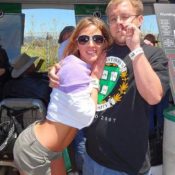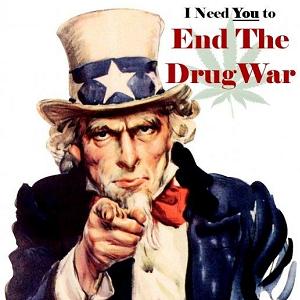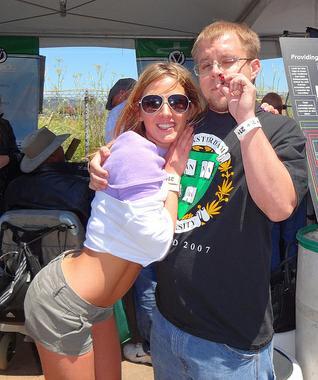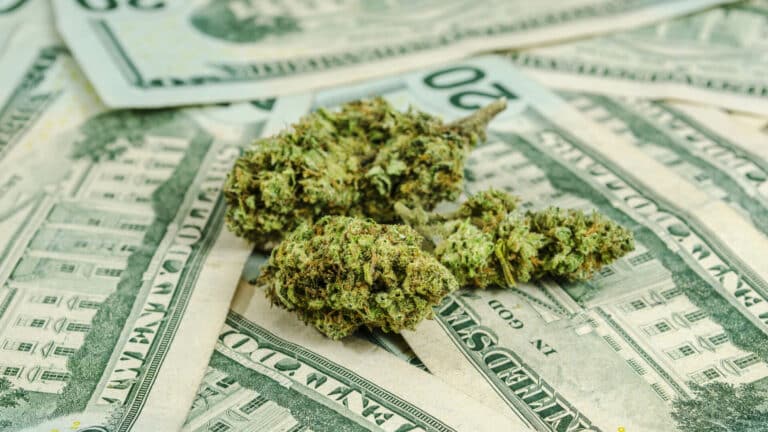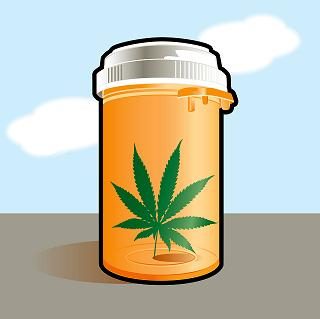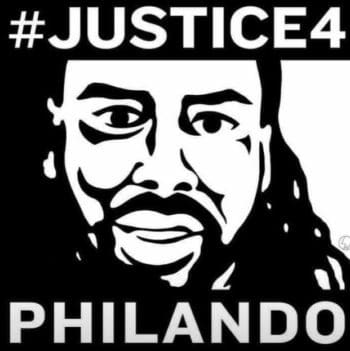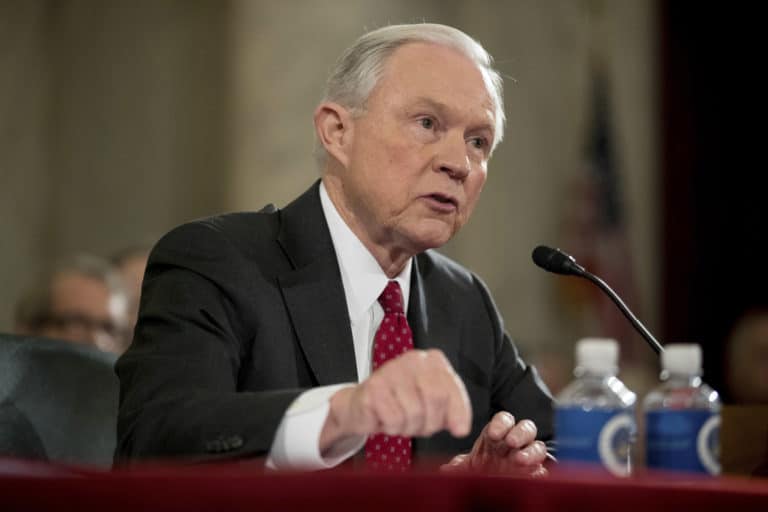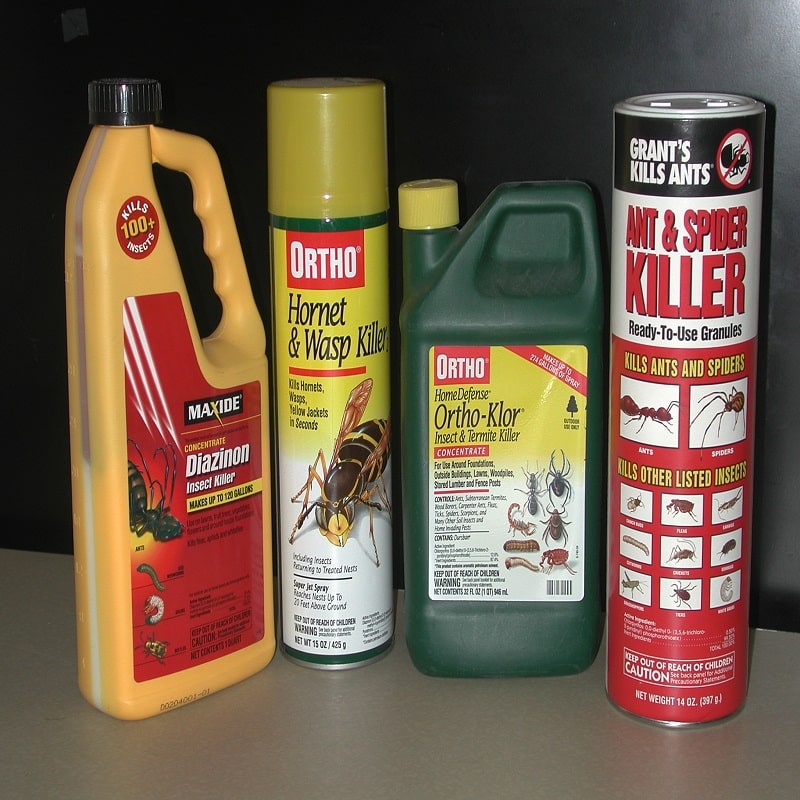Chicago’s 2012 Murder Total Jumps over 500
Death toll in Mexican Drug Violence Now Estimated at 70,000
Drug Money Financing Al-Qaeda Franchises
The subtext for all these headlines is the failure of our 40-year War on Drugs. From Mid-Eastern terror cells to Mexican cartels to the dealers plaguing American cities, the glue that binds is drug money.
The country’s drug problem rolls on. It changes form to accommodate the latest hot drug, from marijuana and LSD in the 60’s, to heroin in the 70’s, to cocaine and then crack in the 80’s and now the threat of methamphetamine and a resurgence of heroin. The drug market treats as a small irritant the thousands murdered and the millions more incarcerated. It quickly adapts to efforts at interdiction and coldly murders those who would threaten the business. It uses its vast income to not only support terror activities but to corrupt governments and sabotage legitimate businesses.
The history of efforts to control the drug problem show a stubborn denial of the failure of the “War on Drugs” approach and as the problem persists the cries for more law enforcement, stiffer penalties and bigger jails drowns out the voices seeking a more rational approach.
I have spent my professional life as a foot soldier in the war on drugs. I began as a counselor in a methadone program, the first stop in a twenty-year career working with addicts and their families. At age 42, I switched careers, becoming a Cincinnati Police Officer, rising through the ranks and finishing my career as Commander of the city’s Vice Unit, responsible for city-wide drug enforcement. I may be the only person in the country who has worked directly on both the demand side and the supply side of the illegal drug market.
The overriding goal of our national drug policy should be the suppression of the violence that characterizes the illegal drug market from the Mexican border to nearly every community in our country. Recognition of three facts provides the underpinning for this approach. First, 90% of the drug revenue is at the retail end of the business, on our street corners, hotel rooms and residences where dealers hand customers drugs for cash. Effective measures undercutting the retail market are key to its suppression.
Second, the cartels’ number one product, their cash cow, is marijuana. An estimated 60% of cartel revenue is generated by pot and any significant action against the cartels must directly address marijuana as the cartels’ primary source of revenue. Further, most of the customers entering the illegal market are initially pot buyers. Purchase of pot in the illegal market brings them access to the variety of other drugs, crack, heroin, meth which the dealer actively pushes. In a very real sense, the purchase of marijuana in the illegal market is the gateway to purchase of other drugs which bring much more serious problems to the user and the community.
Lastly, it is drug addicts who are the high volume customers supporting the drug cartels. They are the lifeblood of the illegal market and taking these customers out of the market will choke off the revenue that supports it.
Ok, what do we do? Number one, legalize marijuana. Moving marijuana to a legal, regulated drug status immediately takes the majority of their customers and 60% of the cartels’ revenue away from them. It also provides what is known as a “separation of the market.” Remember that those buying marijuana today in the illegal market are potential buyers for the rest of the drug menu the dealer will push. Moving marijuana out of the illegal market breaks the connection between the illegal market and these potential customers.
Second, we implement a set of policies designed to move many more addicted people from the illegal market into treatment, thus depriving the cartels of their best customers. In most places around the country today, an addict seeking treatment is as likely to be placed on a waiting list as they are to enter a treatment program. We need to view these addicts in the context of our fight against the cartels. Every day we keep an addict out of the illegal market is a victory against the cartels. If we could double, triple or even quadruple the number of addicts in treatment, the illegal market would dry up and largely disappear.
To me, the choice we face is clear. We continue the body count, we continue to fill the jails, with drug offenders, and we periodically arrest the local or international “drug kingpin” who is quickly replaced and market continues onward. Or, we take significant steps to cut off the revenue to the cartels, depriving them of the engine that fuels the violence.
There is another way. A historian, writing on alcohol prohibition, noted that for the first time in American history, the federal government took a giant piece of the legal economy away from farmers, distillers, wineries, brewers, truck drivers, bars and restaurants and turned over billions of dollars to “thugs and murderers.” We are in a position to reverse drug prohibition, taking the billions of dollars now in the hands of the thugs and murderers running the drug cartels, and move it into the real economy, creating jobs, emptying jails and making our communities safer.
Howard Rahtz is a retired Cincinnati Police Captain, a former drug rehab counselor and the author of Drugs, Crime and Violence: From Trafficking to Treatment. Further information can be found at his website, https://howardrahtz.com.

